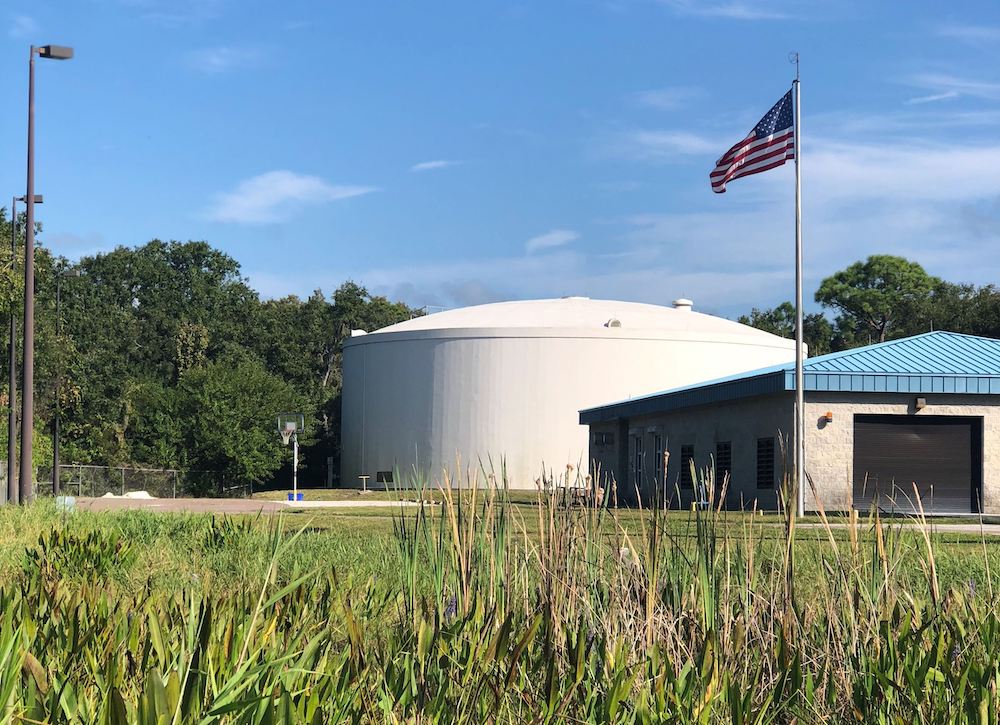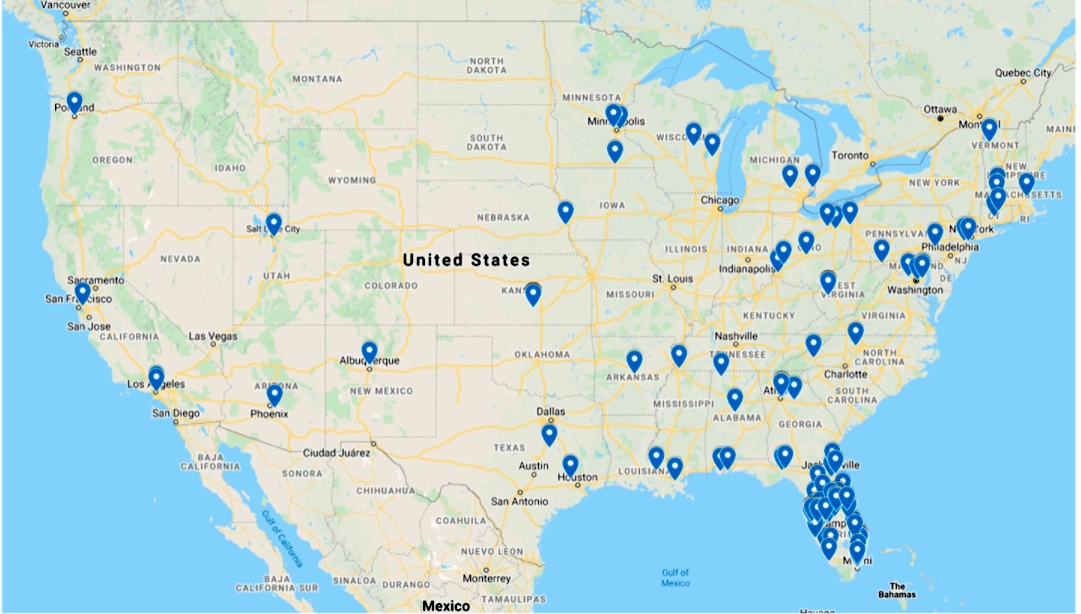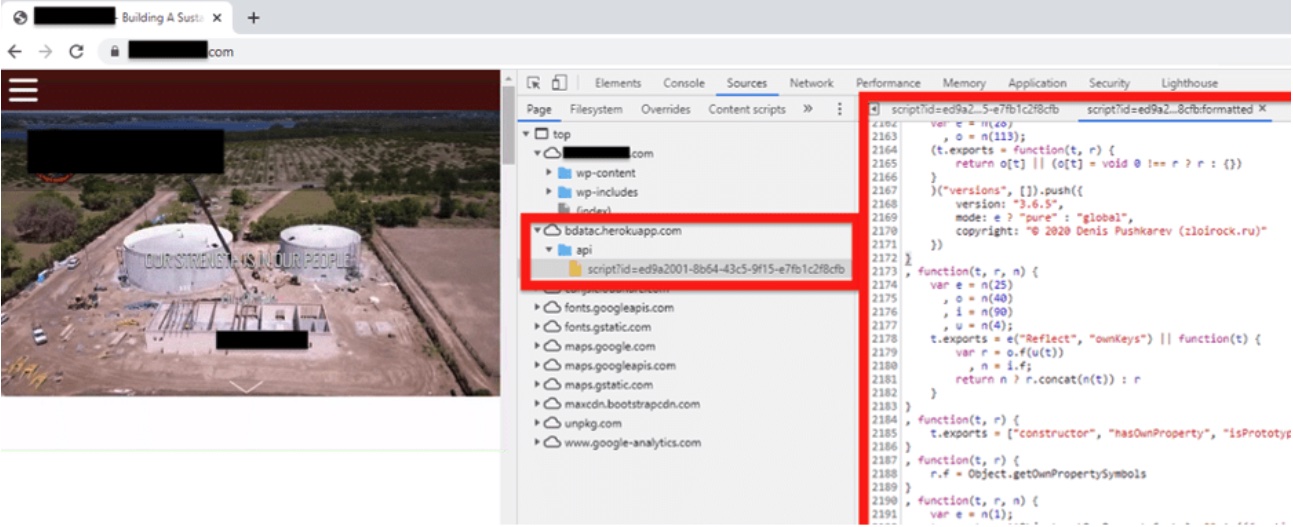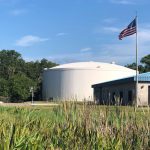An employee for the city of Oldsmar, Florida, visited a malicious website targeting water utilities just hours before someone broke into the computer system for the city’s water treatment plant and tried to poison drinking water, security firm Dragos said Tuesday. Ultimately, the site likely played no role in the intrusion, but the incident remains unsettling, the security firm said.
The website, which belonged to a Florida water utility contractor, had been compromised in late December by hackers who then hosted malicious code that seemed to target water utilities, particularly those in Florida, Dragos researcher Kent Backman wrote in a blog post. More than 1,000 end-user computers visited the site during the 58-day window that the site was infected.
One of those visits came on February 5 at 9:49 am ET from a computer on a network belonging to the City of Oldsmar. In the evening of the same day, an unknown actor gained unauthorized access to the computer interface used to adjust the chemicals that treat drinking water for the roughly 15,000 residents of the small city about 16 miles northwest of Tampa.
The intruder changed the level of lye to 11,100 parts per million, a potentially fatal increase from the normal amount of 100 ppm. The change was quickly detected and rolled back.
So-called watering-hole attacks have become frequent in computer hacking crimes that target specific industries or groups of users. Just as predators in nature lie in wait near watering holes used by their prey, hackers often compromise one or more websites frequented by the target group and plant malicious code tailored to those who visit them. Dragos said the site it found appeared to target water utilities, especially those in Florida.







 Loading comments...
Loading comments...
